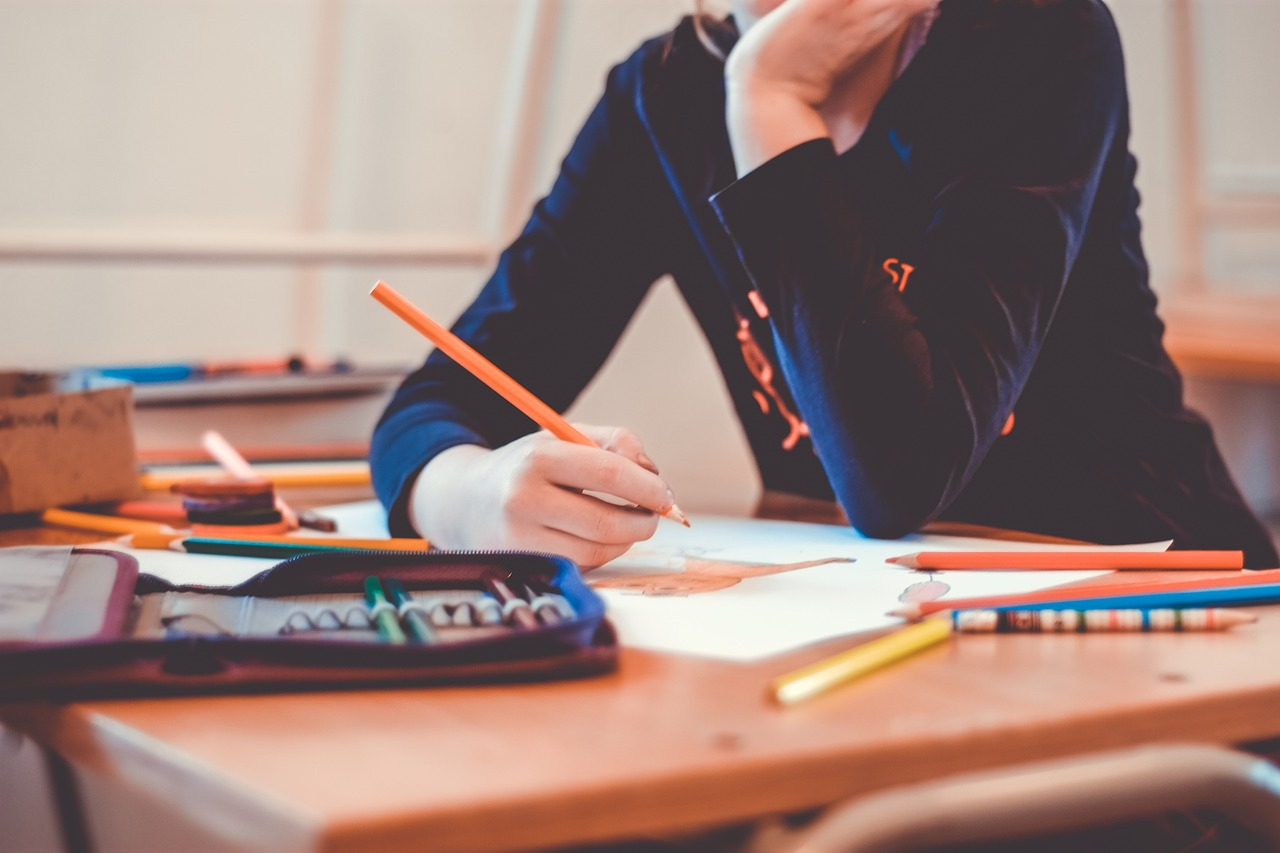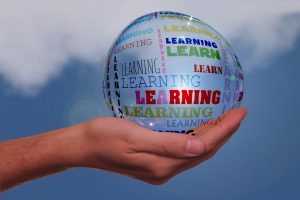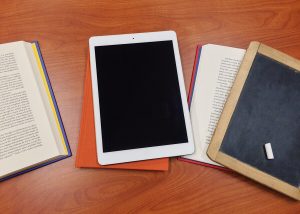Learning Environments: Future Design
In today’s rapidly evolving world, the traditional idea of learning has undergone a major transformation. With technology making rapid advancements, the concept of learning environments has also changed drastically. Gone are the days when pupils were confined to a traditional classroom setting, with textbooks and lectures being the only modes of learning. The future holds a lot of promise for innovative and dynamic learning environments that cater to the unique needs of each individual learner. In this article, we will explore the changing landscape of learning environments and the future of design in this field.
The Role of Technology in Designing Learning Environments
Technology has been a game-changer in the field of education. It has opened up a whole new world of possibilities and has made learning more engaging, interactive, and accessible. The integration of technology in learning environments has proven to be a boon for both students and educators. With the advent of e-learning platforms, virtual and augmented reality, artificial intelligence, and personalized learning, the future of learning environments looks extremely promising.
E-learning Platforms
E-learning has revolutionized the way we learn. With the help of online platforms, learners can access a wide range of resources and courses from anywhere in the world. These platforms not only offer quality education but also provide a flexible and personalized learning experience. With the advancements in technology, e-learning platforms have become more interactive, engaging, and user-friendly, making it an ideal medium for the future of learning environments.
Virtual and Augmented Reality
Virtual and augmented reality have been making headlines in recent years, and their potential in the field of education is massive. These technologies offer a simulated environment that immerses learners in a virtual world, making it an unforgettable learning experience. For instance, students can travel back in time to experience historical events or explore the depths of the ocean without leaving their classroom. This technology has an immense potential to transform traditional learning environments and make them more immersive and engaging.
Artificial Intelligence
Artificial intelligence (AI) has transformed various industries, and the education sector is no exception. With AI-powered learning algorithms, educators can create personalized learning experiences for each student, catering to their unique learning style and pace. AI can analyze the students’ performance and provide real-time feedback, making the learning process more efficient and effective. It also has the potential to automate administrative tasks, freeing up more time for teachers to focus on engaging with their students.
The Importance of Design in Learning Environments
When it comes to learning, the design of the environment plays a crucial role. A well-designed learning environment can have a significant impact on student engagement, motivation, and overall learning outcomes. Gone are the days of boring and monotonous classroom setups. The future of learning environments will be all about creating spaces that are conducive to learning and promoting creativity, collaboration, and critical thinking.
Flexible Learning Spaces
The traditional classroom setup with desks and chairs in rows no longer caters to the diverse learning needs of students. Flexible learning spaces allow for different arrangements of furniture, encouraging movement, collaboration, and individual or group learning. These spaces facilitate a more interactive and engaging learning experience and foster a sense of autonomy among students.
Incorporating Nature
Incorporating natural elements in learning environments has proven to have a positive impact on students’ physical and mental well-being. Green spaces, ample natural light, and biophilic design have been found to enhance creativity, reduce stress, and increase productivity. The use of natural materials such as wood and plants in learning spaces also promotes a sense of calmness and connection to the environment.
Personalized Learning Spaces
As mentioned earlier, personalized learning is the future, and the design of the learning environment should reflect that. Personalized learning spaces allow students to learn in a way that best suits their needs and learning style. This could range from quiet individual study areas to collaborative group workspaces, giving students the autonomy to choose the best environment for their learning.
Conclusion
The future of learning environments is bright and promising, with technology playing a crucial role in its evolution. The design of learning spaces will continue to evolve, incorporating innovative technologies and catering to the diverse needs of students. It is crucial for educators to keep up with these changes and embrace them in order to provide the best learning experience for their students. As we move towards a more digital and interconnected world, the possibilities for future learning environments are endless.








